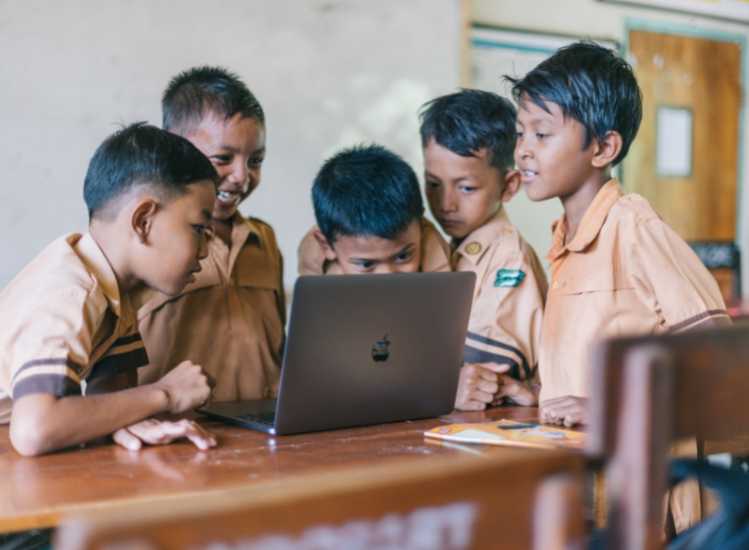The state of Andhra Pradesh is putting a lot of faith in the National Education Policy-2020, which aims to revolutionize school education in particular through extensive academic and administrative reforms, with a focus on increasing learning outcomes.
The state of Andhra Pradesh is putting a lot of faith in the National Education Policy-2020, which aims to revolutionize school education in particular through extensive academic and administrative reforms, with a focus on increasing learning outcomes. In recent years, a number of studies have revealed pupils’ “low reading and comprehension skills,” while the government has recognized a number of “critical problems” that have left the school education system in a bad situation.
Despite what the administration claims are “impeccable revolutionary reforms,” the rising dropout rate of 14.8%, notably in higher secondary school (classes 9 and 10), has been a concerning factor. According to data from the Government of India, the dropout rate in upper primary (classes 6-8) is barely 0.3 percent.
According to the Annual Status of Education Report, just 22.4 percent of Class 3 students in AP could read second-level texts, while 38.4 percent could complete subtraction. Despite what the administration claims are “impeccable revolutionary reforms,” the rising dropout rate of 14.8%, notably in higher secondary school (classes 9 and 10), has been a concerning factor. According to data from the Government of India, the dropout rate in upper primary (classes 6-8) is barely 0.3 percent.
According to the Annual Status of Education Report, just 22.4 percent of Class 3 students in AP could read second-level texts, while 38.4 percent could complete subtraction. “A noticeable lack of focus in classes 1 and 2 is resulting in a learning disadvantage. This learning deficiency persists throughout the child’s academic career “According to a government report. “Classes 1 to 5 are taught by one or two secondary school teachers, who are vying to teach 18 courses. This results in a lack of focus on any one class “According to the letter.
Despite the fact that enrolment in government schools increased by more than 6.2 lakh last year, more than 4.25 lakh youngsters are still ‘out of the system’ in the state. More than 73 percent of the 39,212 primary schools have fewer than 60 students enrolled. “Smaller schools can be found all around the state. This sparse distribution of primary schools wastes both human and financial resources “a senior official from the Department of Education noted out One of the factors leading to the poor learning outcomes in government schools, he claimed, was this.
Poor learning results have been linked to a lack of attention on pre-schooling, inefficient infrastructure utilization, a lack of academic inspections and monitoring, and a lack of parental support for learning. To address this, the state government is counting on the National Education Policy-2020 to bring about change and, as a result, enhance learning results.
The government has selected several key areas in this regard, including improving school infrastructure, reorganizing and relocating existing Anganwadi centers and non-residential schools, and boosting fundamental education. To remove inequities and maximize human resources, teachers will be re-assigned throughout schools in compliance with the Right to Education Act. “We know what’s missing and where the holes are.” We must now refocus our efforts and pursue a paradigm shift in thinking.
“The NEP-2020 has shown us the way forward,” stated the senior official. In accordance with the NEP-2020, the government is now dividing schools and Anganwadi centers into Satellite Foundation Schools (pre-primary 1 and 2), Foundational Schools (PP1 and Classes 1 and 2), Foundational School Plus (PP1 to Class 5), Pre-High School (Classes 3 to 7), High School (Classes 3 to 10) and High School Plus (Classes 3 to 12).
To prepare for the changes, one lakh teachers have already been taught. “The goal will be to make learning holistic, integrated, inclusive, pleasurable, and engaging in the future. A special emphasis will be placed on providing quality instruction to pupils in grades 3 to 5 by dedicated topic instructors, which was previously lacking “Added the Education official.
The government plans to spend Rs 12,352 crore over the next three years upgrading school facilities, constructing laboratories, libraries, and playgrounds.

